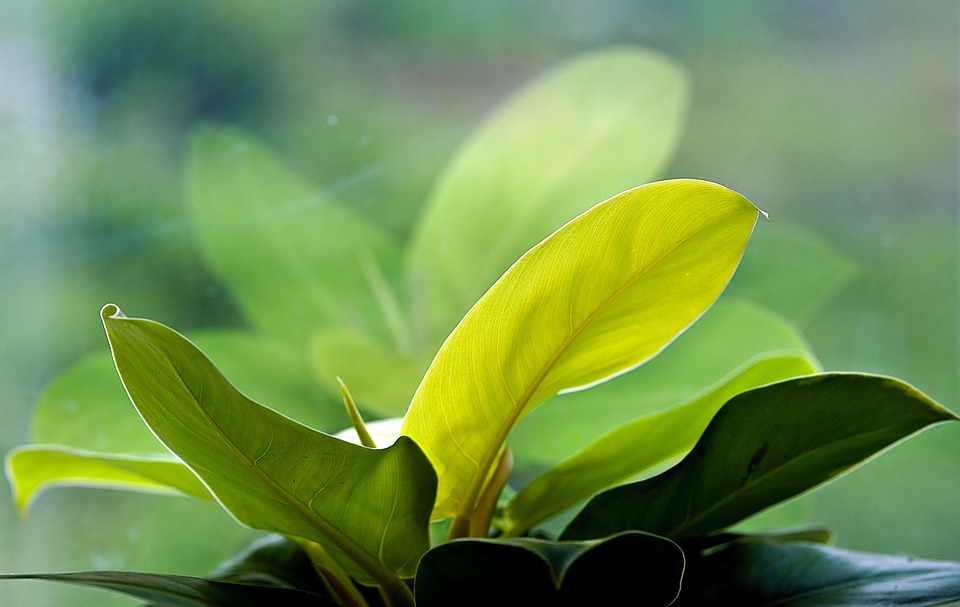Mastering the Art of Indoor Gardening: Tips and Techniques for Thriving Plants
Indoor gardening has become increasingly popular as more people seek to bring the beauty of nature into their homes. Whether you have a green thumb or are just starting out, there are several tips and techniques that can help you master the art of indoor gardening and ensure that your plants thrive.
Choosing the Right Plants
One of the most important aspects of indoor gardening is choosing the right plants for your space. Consider factors such as the amount of natural light available, the temperature of your home, and the amount of care you are willing to provide. Some popular indoor plants that are relatively easy to care for include spider plants, pothos, and peace lilies.
Providing Adequate Light
Light is essential for the growth of plants, so it is important to ensure that your indoor garden receives adequate light. Place your plants near a window where they can receive natural sunlight, or invest in grow lights if natural light is limited. Be sure to rotate your plants regularly to ensure that they receive even light distribution.
Watering and Humidity
Proper watering is crucial for the health of your plants. Be sure to water your plants regularly, but be careful not to overwater them as this can lead to root rot. Monitor the humidity levels in your home, as some plants may require higher humidity levels to thrive. Consider using a humidifier or placing a tray of water near your plants to increase humidity.
Fertilizing and Soil Health
Fertilizing your plants is important for providing them with essential nutrients. Choose a fertilizer that is specifically formulated for indoor plants and follow the instructions carefully. Be sure to repot your plants as needed to ensure that they have adequate room to grow and that the soil remains healthy and well-draining.
Pest Control
Pests can be a common problem in indoor gardens, so it is important to monitor your plants regularly for signs of infestation. Look for pests such as aphids, spider mites, and mealybugs, and take steps to control them before they cause damage to your plants. Consider using natural pest control methods such as neem oil or insecticidal soap.
Common Questions About Indoor Gardening
Q: What are the best plants for beginners?
A: Some of the best plants for beginners include spider plants, pothos, peace lilies, and succulents. These plants are relatively easy to care for and can thrive in a variety of indoor environments.
Q: How often should I water my plants?
A: The frequency of watering will depend on factors such as the type of plant, the size of the pot, and the amount of light and humidity in your home. In general, most indoor plants should be watered when the top inch of soil feels dry to the touch.
Q: How can I increase humidity for my plants?
A: There are several ways to increase humidity for your plants, such as using a humidifier, placing a tray of water near your plants, or misting them regularly. You can also group your plants together to create a microclimate of higher humidity.
Conclusion
Indoor gardening can be a rewarding and fulfilling hobby that allows you to bring the beauty of nature into your home. By following these tips and techniques, you can master the art of indoor gardening and ensure that your plants thrive. Remember to choose the right plants for your space, provide adequate light and water, and monitor your plants for pests and disease. With a little care and attention, you can create a lush and vibrant indoor garden that will bring joy and tranquility to your home.


















































